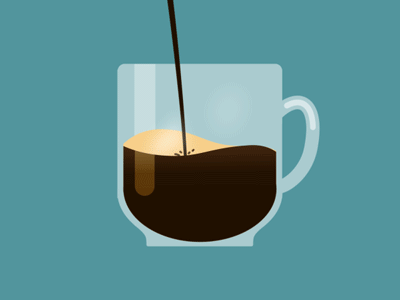 Apr 25
Apr 25 Podcast #1198: Are You Satisfied With Your Streaming Providers?
 On this week’s show we ask, how satisfied are you with your streaming service providers? We also read your emails and take a look at the week’s news.
On this week’s show we ask, how satisfied are you with your streaming service providers? We also read your emails and take a look at the week’s news.
| Download this Episode. |
Support the show with Patreon!
Listen to the show
Today's Show:
News:
- Prime Video has 88% of customers on ad-supported plans
- Amazon gearing up to roll out new Fire TV OS on streaming player
- Roku announces 2 new streaming sticks starting at just $30
- Max begins password-sharing crackdown
Other:
- Aiwa: Then and Now
- HT Guys Music Playlist on Apple Music
- HT Guys Music Playlist on Amazon Music
- HT Guys Music Playlist on Spotify
- Ara's Woodworking
State of Streaming: Satisfaction with streaming providers (The Streamable)
How are Americans really feeling about their streaming services? Recently, we surveyed nearly 1,500 cord-cutters to get a clearer picture of how people are watching, what they’re paying, and which services they are most satisfied with. The results reveal shifting habits in a saturated streaming market and point to what matters most as we speed right through 2025. Full article here…
Streaming services people use:
- YouTube TV: 30%
- Hulu + Live TV: 10%
- Sling TV: 7%
- DIRECTV STREAM – 6%
- Fubo: 3%
- Philo: 3%
- DIRECTV via internet: 2%
- Dish: 2%
- None of the above: 38%
Are subscribers satisfied?
Despite rising subscription costs and service fragmentation, 58% of users are satisfied with their streaming experience, 33% are neutral, and only 9% are dissatisfied. This high satisfaction rate, despite 2024's price hikes and content reshuffles, is likely due to improved app performance, better device compatibility, and more tailored subscription options.
How many services do people use?
In 2025, streaming is typically a multi-platform experience: 49% of households subscribe to 2-4 services, 38% use 5 or more, and only 12% stick to a single service. Content fragmentation drives users to stack subscriptions for their favorite shows and sports, a shift from the cable era, making multiple subscriptions the norm for convenience.
Monthly spending on streaming
The typical streaming bill has surged, with 35% of users spending $50-$100 monthly, often on live TV and multiple on-demand subscriptions. Additionally, 26% spend over $100, likely on premium plans or add-ons, while only 19% keep costs at $25 or less by limiting subscriptions or using free trials. Streaming costs and complexity now rival traditional cable bills.
Bundled benefits
Bundling is a popular cost-saving strategy, with 31% of respondents accessing streaming through Amazon Prime and 14% via phone bills, often getting discounted or free access to platforms like Netflix or Disney+. However, 36% prefer direct subscriptions or find their preferred platforms aren't bundled, showing bundling is common but not universal.
Churn vs. loyalty
In 2025, 70% of users showed strong loyalty to their existing services, indicating platform stickiness despite subscription fatigue. However, 50% canceled at least one streaming service in 2024, driven by cyclical pauses, price hikes, or lack of content. Unlike cable, streaming subscriptions are easily canceled, leading to dynamic, seasonal churn, with some users returning for new content.
What matters most?
Here are the features that matter most to users:
- Affordable pricing
- Access to local channels
- Live sports availability
- Device compatibility (smart TVs, streaming sticks, etc.)
- Channel variety
- Reliable streaming quality
- DVR functionality
- Support for 4K resolution and surround sound (less critical)
Preferred streaming devices
Smart TVs are the top choice for streaming, used by 56% of viewers, followed by Roku devices at 44%, then Fire TV, Apple TV, and web/mobile viewing. This highlights a trend toward living room, lean-back streaming experiences over desktop viewing, driven by widespread smart TV adoption and improved built-in apps.


Reader Comments